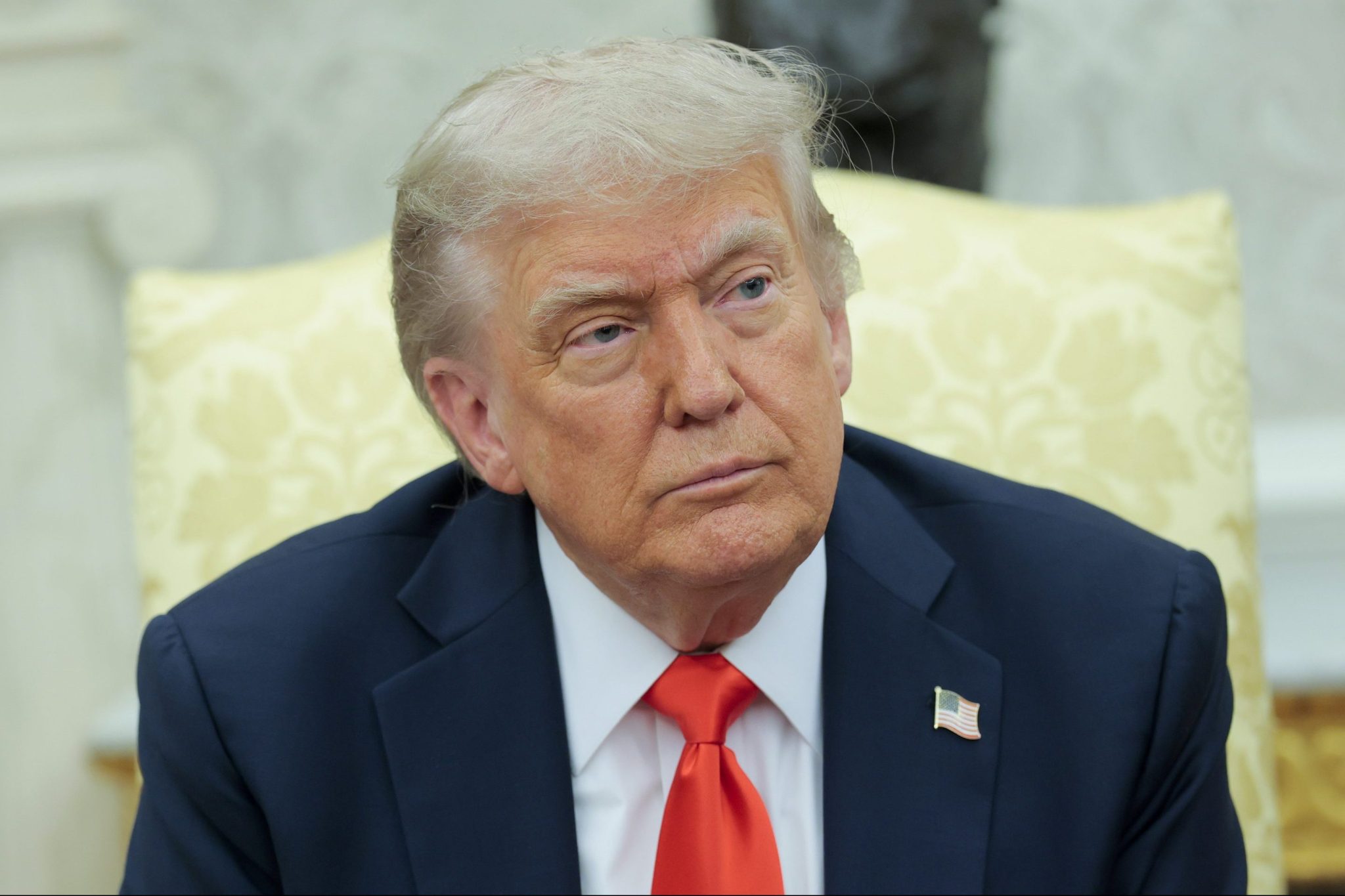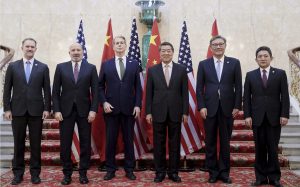Stocks flat after Trump says China ‘totally violated’ trade agreement with U.S.
- The major stock indices ended Friday mostly flat despite President Donald Trump claiming China had violated a trade agreement hammered out more than two weeks ago between the People’s Republic and the U.S.
Stock markets finished the week on an even note despite President Donald Trump calling out China on social media. The S&P 500 posted a slight dip of 0.02%, the Nasdaq dropped 0.4%, and the Dow Jones was up just 0.1%.
On Friday morning, Trump posted on Truth Social, his own social media platform, that his administration struck a “FAST DEAL” more than two weeks ago to ratchet down a trade war between the People’s Republic and the U.S.
He was referring to an agreement hashed out between Treasury Secretary Scott Bessent and Chinese counterparts in Switzerland to institute a 90-day pause on U.S. tariffs on Chinese exports and reciprocal tariffs from China. The deal saw the U.S. agree to reduce the surcharge on Chinese products from 145% to 30%, and the People’s Republic pledging to drop its retaliatory taxes from 125% to 10%.
But Trump claimed on Friday, without providing any evidence, that China had “TOTALLY VIOLATED ITS AGREEMENT” with the U.S. His allegation follows comments from Bessent Thursday evening on Fox News that negotiations between the two superpowers were “a bit stalled.”
Trump’s claims against China came on the heels of court rulings that found he lacked the authority to impose all of the extensive slate of tariffs he had unveiled in early April.
On Wednesday, the Court of International Trade, the top federal legal body that oversees trade disputes in the U.S., ruled that the 47th president didn’t have the legal authority to issue the sweeping tariffs he announced on what he called “Liberation Day” on April 2.
But, on Thursday, a federal appeals court said, without ruling on the taxes’ legal merits, that many of Trump’s tariffs could temporarily remain while litigation plays out. The next hearing on the case is on June 5.
“The President of the United States must be allowed to protect America against those that are doing it Economic and Financial harm. Thank you for your attention to this matter!” Trump posted Thursday on Truth Social after the appeals ruling.
Despite the muddled picture on Trump’s trade war, stocks were still up since markets opened last Friday. The S&P 500 has increased about 2.2% over the past week. (They were closed for Memorial Day on Monday.) Over the weekend, the president declared, after threatening the European Union with a 50% tariff, that he would delay implementing the taxes on European exports until July 9.
This story was originally featured on Fortune.com


© ALLISON ROBBERT—AFP/Getty Images

































